Related Article
-
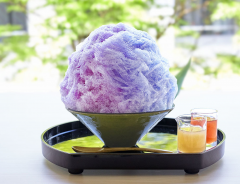
Japanese cafe’s rainy season inspired hydrangea shaved ice dessert changes colour like magic
-

A Raisin Sandwich Milkshake? Mos Burger’s new drink shakes up a Japanese sweets favorite
-
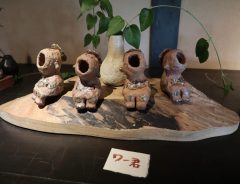
Visiting the Gallery SAJIMA- KAPPA SAN Exhibition in Kamakura
-
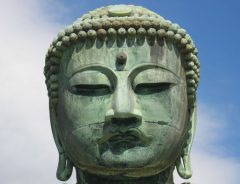
Kamakura’s Great Buddha; the statue that stands the test of time
-
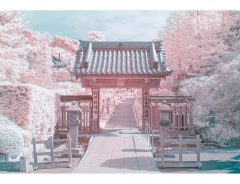
Japanese photographer captures beautiful dreamy landscapes of Kamakura in infrared
-
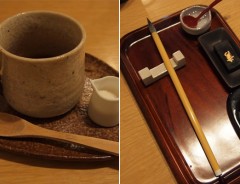
Buddha’s Cafe: Enlightening Our Minds Over A Cup Of Coffee



This June, I decided it is time to escape a little from the busy Tokyo and headed to Kamakura, one of my favorite places in Japan.
Whenever I go there, I find myself exploring the streets and going to the many Buddhist temples surrounding the area.
Since the hydrangea (紫陽花 ajisai) were in full bloom, I decided to pass by the Meigetsu-in Temple (明月院), which is a must-go during the ajisai season, then go and discover new gems.
The Kamakura Museum of Literature (鎌倉文学館 Kamakura Bungakukan) was on my list for a while now, so I decided to spend my afternoon exploring its grounds.
The museum, filled with flowers and greenery, is also surrounded by tranquility, so it is perfect for those looking for a quiet, peaceful place to retreat during the weekend.
I paid around 500 yen for an adult ticket and first headed to the main building.
The area is so spacious, and I could even spot a few squirrels around playing in the garden on my way there.
I first passed through Shōkakudō (招鶴洞). Shōkakudō is a tunnel close to the entrance, and its name comes from a historical event where Minamoto no Yoritomo (源頼朝) freed a crane.
The museum was opened in 1985 and was rebuilt in western style after a fire destroyed it in 1910.
Originally the villa belonged to the former Marquis Maeda family, and its renovation was completed by Toshinari Maeda, the 16th head of the family, in 1936.
The beautiful stained glass from Exhibition Room 1 was also made in 1936, the same as the building.
The museum displays many literary materials, manuscripts, letters, and other fascinating exhibits that belonged to writers of Japanese literature.
Some famous names are Natsume Sōseki, Kawabata Yasunari, Yukio Mishima, Akutagawa Ryūnosuke, and even the film director Yasujirō Ozu.
Also, Yukio Mishima even used the villa as a model for his novel "Spring Snow."
When I went to visit it, the museum also held a limited-time art display called "The Writers’ Feelings" (作家のきもち sakka no kimochi), where you could see letters, journals of Dazai Osamu, Natsume Sōseki, and many other Japanese authors.
The exhibition lasts until the 4th of July, so there is still time to go if you're interested.
I remember I found Dazai Osamu’s letters hilarious, so I recommend passing by and try taking a trip back in time to discover more of the authors’ lives, thoughts, and feelings.
After enjoying all the exhibits and the astonishing architecture of the building, you should also take some time to visit the beautiful garden of roses.
The roses bloom in spring and autumn, so I recommend going around those times if you want to enjoy the fairytale-like scenery of the historical building in combination with the delightful gardens.
Related Links
Access